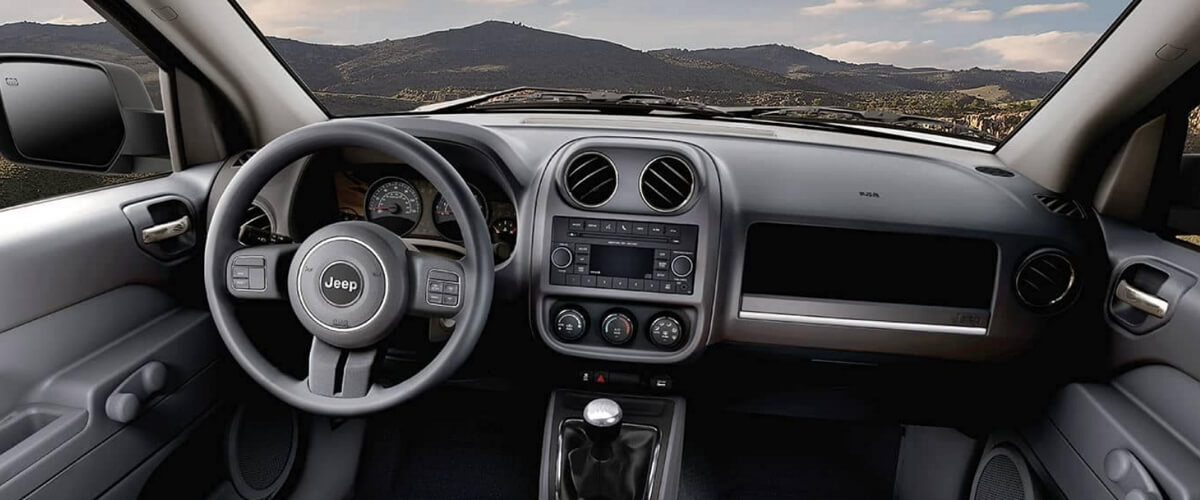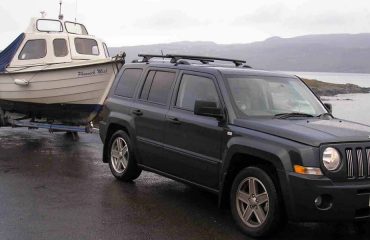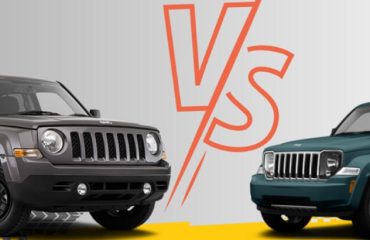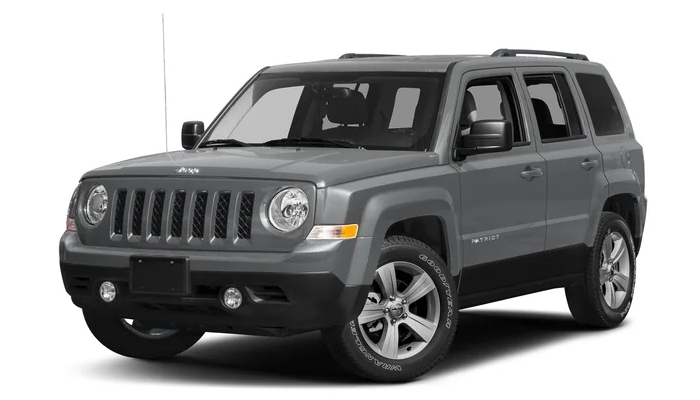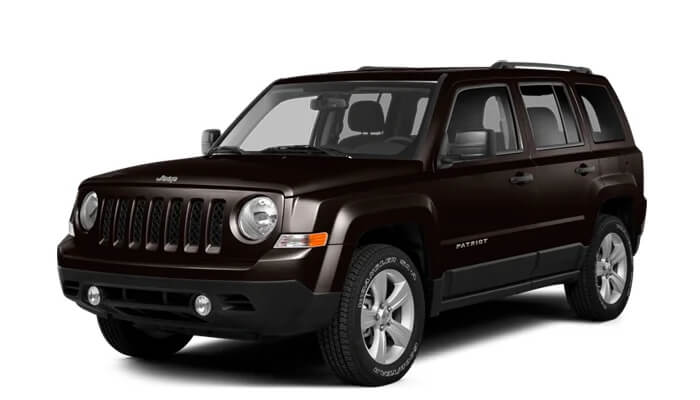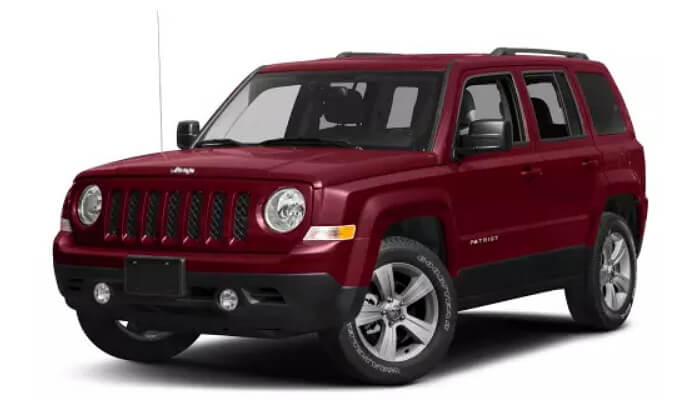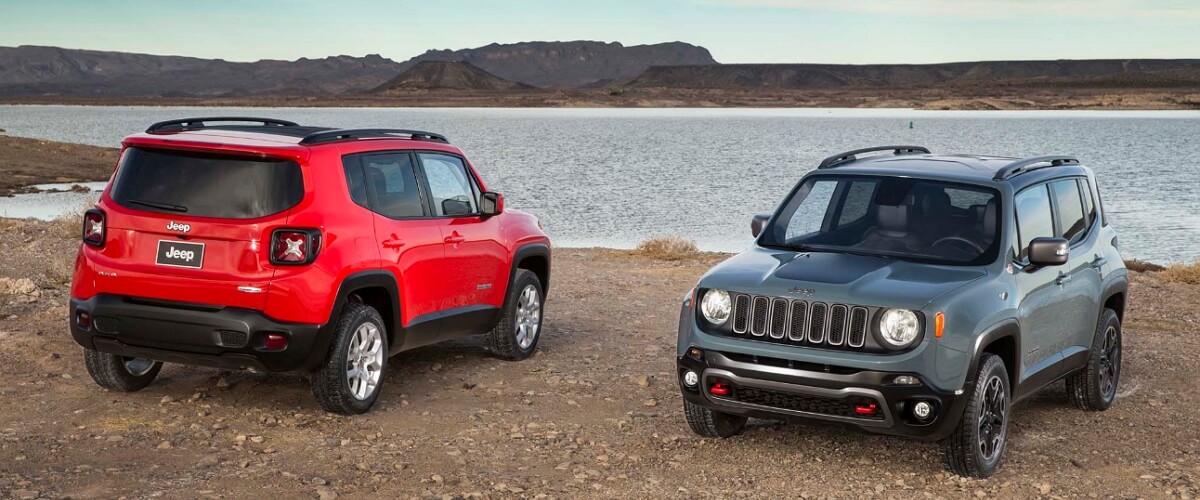
Navigating the SUV jungle can be tricky, especially when you’re eyeing a Jeep. For those of you comparing the 2017 Jeep Renegade with the 2017 Jeep Patriot, you’ve got a thrilling ride ahead. Both SUVs embody the rugged charm and adventurous spirit Jeep is renowned for, packed with the power and features designed for the bold. Though they share the same spirit, they cater to different preferences when it comes to size, space, and style.
Size and Space: Compact Yet Spacious
The 2017 Jeep Patriot boasts a leaner profile, making it a breeze to slip into tight parking spots. Despite its slimmer build, it doesn’t skimp on cargo space, offering 53.5 cubic feet for all your gear, outdoing the Renegade’s 50.8 cubic feet. While the Patriot might be a tad snug regarding hip room, it remains a comfortable ride for all passengers.
Products are available — click below to view them!
SEE DETAILS ON EBAYEngine: Power Meets Efficiency
Under the hood, the Jeep Patriot is outfitted with a 2.0L I4 engine that delivers 158 hp and 141 lb-ft of torque. It’s a respectable figure that aligns well with the vehicle’s classic approach to adventure. And when it comes to saving at the pump, the Patriot stands tall with an EPA-estimated fuel economy of 30 MPG combined, on par with the Renegade.
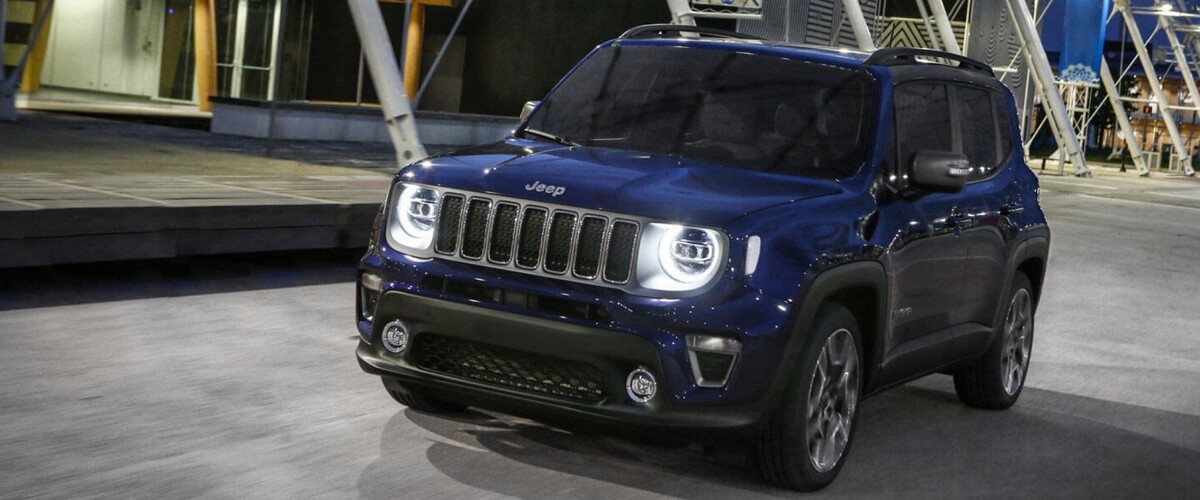
Design and Style: Aesthetic Appeal
The design is where the Patriot truly shines. Its robust, chunky aesthetics hark back to the venerable Jeep Cherokee, resonating with enthusiasts who favor a traditional look. The Patriot’s design is not just about nostalgia; it’s about making a statement of durability and timeless style.
2017 Jeep Renegade vs. Jeep Patriot: A Side-by-Side Comparison
As you steer through the decision-making process, it helps to have a clear picture of where these two SUVs stand. Here’s a comparison table that puts the Jeep Renegade and Jeep Patriot head-to-head.
| Feature | 2017 Jeep Renegade | 2017 Jeep Patriot |
|---|---|---|
| Size (Length) | Shorter profile | Longer by ten inches |
| Cargo Space | 50.8 cubic feet | 53.5 cubic feet |
| Engine Power | 180 hp, 175 lb-ft torque | 158 hp, 141 lb-ft torque |
| Fuel Economy | 30 MPG combined (EPA-estimated) | 30 MPG combined (EPA-estimated) |
| Design Style | Modern and sleek | Classic and reminiscent of old Cherokee |
| Price | Affordably priced | Affordably priced |
Why Compare?
When it comes to choosing a vehicle that combines adventure with practicality, the Jeep Patriot and the Jeep Renegade are two models that are often compared. While both are known for their off-road capabilities and iconic Jeep styling, there are more factors that set them apart.
The reason for this frequent comparison is their position in the Jeep lineup and the wider compact SUV market. The Patriot and the Renegade are designed for those who desire the Jeep experience but with a more city-friendly package. They offer the ruggedness that is expected from the brand but scaled down to suit city driving and parking.
The Patriot, with its classic boxy design, is favored by those who appreciate the original Cherokee’s timeless Jeep look. It offers a sense of nostalgia paired with modern-day practicality. On the other hand, the Renegade, with its contemporary design, appeals to those who are looking for a fresh and compact style without compromising on the adventurous spirit of the brand.
Size and space also play significant roles in their comparison. Both vehicles, while similar in dimensions, have nuanced differences in cargo space and interior room that can be deciding factors for potential buyers. The Patriot offers more cargo space, which could be the clincher for those needing extra room for gear on their next escapade. In contrast, the Renegade’s slightly smaller cargo hold might be ideal for drivers seeking a more city-oriented compact SUV.
Under the hood, the differences in engine performance bring these two into further comparison. The Renegade boasts more power, which may attract those looking for a more robust driving experience. However, the Patriot’s engine, while less powerful, maintains the same fuel efficiency, offering a balance for those who prioritize economy over horsepower.
Final Thoughts
In essence, both the Jeep Patriot and the Renegade fulfill the brand’s promise of adventure-ready vehicles but cater to different priorities and tastes. It’s these differences, subtle yet significant, that make comparisons between the two not just common but necessary for discerning buyers. Ultimately, choosing between the Jeep Renegade and Jeep Patriot is a matter of personal taste and lifestyle needs. Do you prefer the modern flair and compact size of the Renegade, or does the classic, roomier Patriot speak to your soul? Either way, you’re getting behind an SUV that’s ready for adventure – the Jeep way.

